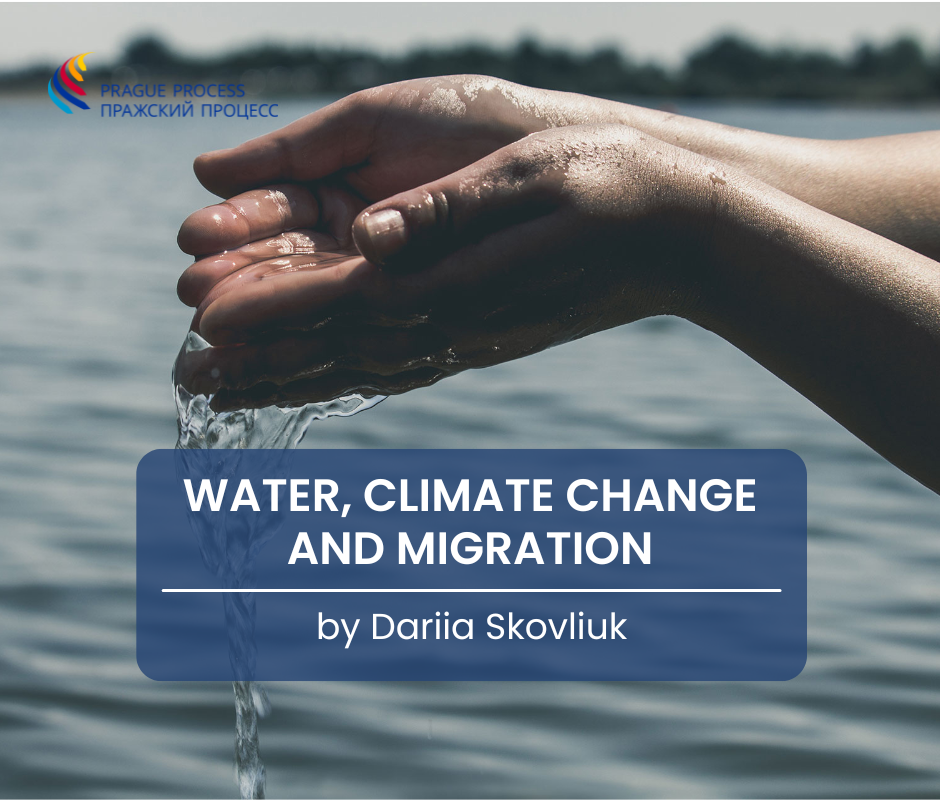22 March marks World Water Day, reminding of the critical importance of fresh water, a resource that remains inaccessible to a staggering 2.2 billion people worldwide. The situation is exacerbated by the effects of climate change, which, in turn, can become a driver for migration, as the well-being of public health, the economy, food and energy supplies, and the environment relies on effective management and just distribution of water resources.
Within the Prague Process region, Central Asia remains most affected by climate change. Environmental issues, including water stress, land degradation, and salinization, have the potential to intensify both internal and external migration. Climate change is also expected to worsen Central Asia’s already significant exposure to extreme weather events. This trend, coupled with increased drought frequency, could accelerate land degradation and desertification, potentially affecting up to half of the Kyrgyz Republic's territory by 2100, up from 15% in 2000.
As projected by the Groundswell Report 2021, the Eastern Europe and Central Asia region could see as many as 5 million internal climate migrants by 2050. If no action is taken, economic damages from droughts and floods in Central Asia are projected to reach up to 1.3% of GDP per annum, while crop yields are expected to decrease by 30%. On top of this, due to Afghanistan’s intention to establish a new irrigation system, Turkmenistan and Uzbekistan risk losing up to 15% of the water from the Amu Darya River. The areas of irrigated farmland in these countries, along with the southern edge of Kazakhstan, regions around the Ferghana Valley in Uzbekistan and Tajikistan, and the vicinity of Bishkek, are forecasted to become climate out-migration zones primarily due to reduced water availability and agricultural yields. The resulting climate-driven migration is expected to further intensify the anticipated population decrease in these regions.
The European Union is also vulnerable to the impacts of climate change. By 2050, the Union can lose over 400,000 jobs yearly if no adaptation measures are taken. Additionally, the economic consequences of extreme weather events related to climate change are predicted to accumulate to €170 billion by the end of the century.
Climate-induced mobility does not only constitute a challenge but can also represent an opportunity. Legal pathways are well placed to tie two loose ends: management of climate-induced movements with efforts to fill in labour shortages in different parts of the world. Such a cross-cutting approach could offer people an adaptation strategy to climate change whilst achieving sustainable economic growth. Evolving labour migration initiatives, in particular temporary and circular migration schemes, could account for the impact of climate change, integrating would-be climate migrants into their design. These efforts may also enhance the capabilities of vulnerable communities and migrants through (green) skill development programmes.



